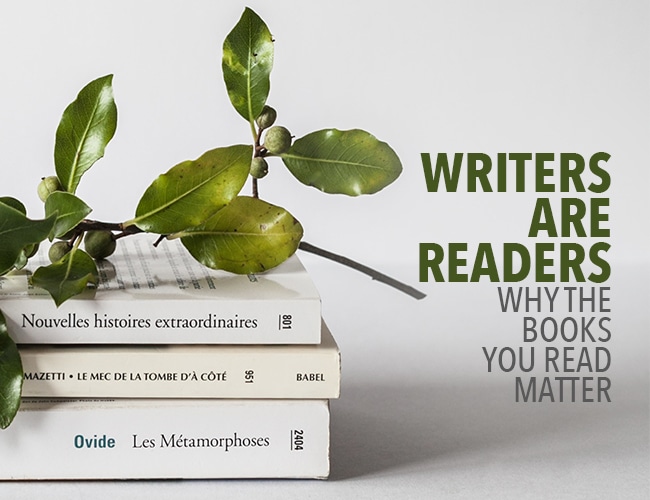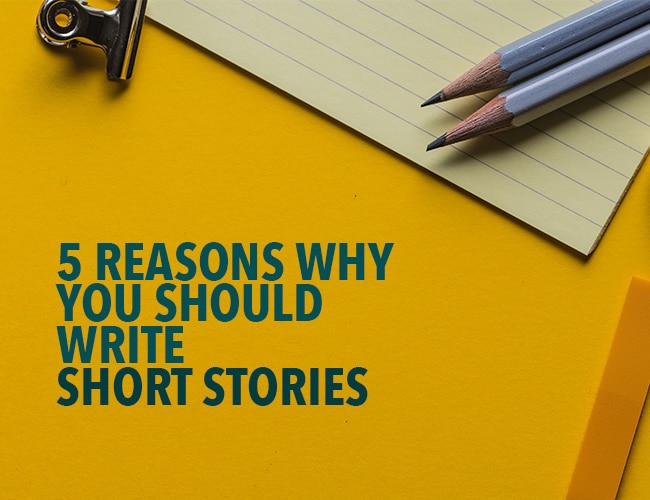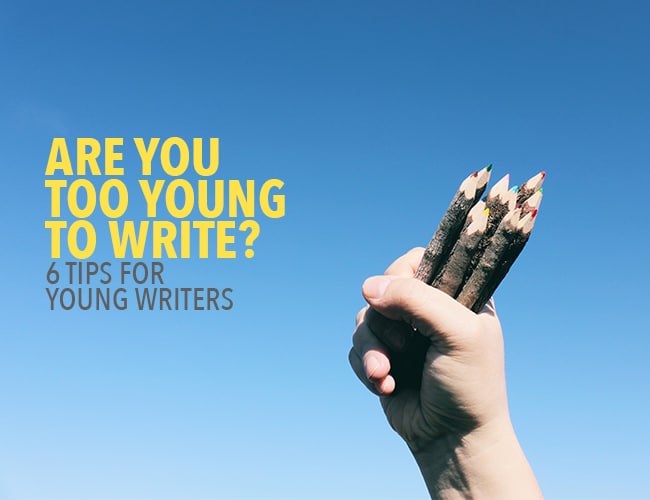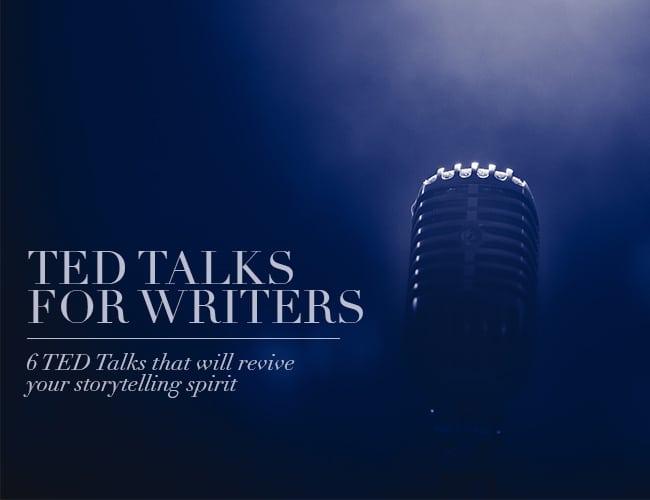If you’re like most writers I know, you want to publish a book. But not just any book: you want to publish a book you can be proud of. A book you can confidently share with friends, family, and clamoring readers. A book that will prove to them with just one glance what an amazing author you are. You want to publish a beautiful book.

Of course, rarely do writers set out to publish books that aren’t beautiful. But despite their best intentions, not-beautiful books are uploaded to Amazon and offered for sale every day.
So how can you ensure your book is beautiful? That it’s a book you’re truly proud of?
How to Publish a Beautiful Book
A beautiful book starts with that most essential element of any book, the thing that keeps us coming back to a book and an author again and again: an amazing story.
An amazing story is the core of any book. You can make a book as pretty as you like, but if it doesn’t have a great story, you’re just putting lipstick on the proverbial pig. A captivating cover and fascinating description won’t stop a reader from putting a book down if the story isn’t strong all the way through.
But an amazing story isn’t the only thing you need. And in fact, authors who try to publish an amazing story without all the other elements that make a book beautiful actually end up more disappointed.
What else do you need? Let’s look at the ten elements beautiful books share.
1. A great idea
An amazing story starts with a great idea. Write your idea as a one-sentence premise, then share it with a few people you trust.
How do they respond? Are they interested, curious to hear more? Getting feedback on your idea before you start writing will help you ensure you’re committing to a great story.
2. An amazing story
Every story has a beginning, middle, and end.
Does your story hook readers from the start? Keep them turning pages as problems mount and stakes are raised? Reward them with a surprising yet inevitable conclusion? Wrap up with just enough resolution to leave them satisfied?
Your story is the reason you’re writing a book, the reason readers are interested, the part of your creation you’ll be most proud of. No, it’s not the only part of a beautiful book. But it’s arguably the most important, so invest time and effort to get it right.
3. Insightful feedback*
How will you know whether your story is amazing, or whether it still needs some more work? You need insightful feedback from savvy critiquers who will be able to recognize its strengths and weaknesses.
Look for insightful feedback from people like these:
From a writers’ group
Joining a writers’ group is a fantastic way to build connections with other writers and get valuable feedback. In this kind of community, you’ll be able to share your work and get honest feedback.
Plus, you’ll get to read and critique other writers’ work. You might be surprised at how much the act of critiquing someone else’s writing helps you grow as a writer, too.
From a developmental editor
The best way to get vital feedback about your story is to hire a developmental editor.
A developmental editor will read your entire story, evaluate what’s working and what’s not, and give you high-level recommendations about how you can improve it. You’ll get feedback on areas like characterization, pacing, story structure, key scenes, plot developments, subplots, and genre-specific elements.
A good developmental editor is likely to charge upwards of a thousand dollars. Investing in your book at this point is the best thing you can do to ensure you craft an amazing story.
If there’s one place you should spend money on your book, this is it.
4. Polished writing*
I’ve said it before, and I’ll say it again: your story is the most important part of your book.
But you don’t just want readers to enjoy your story. You want them to enjoy every moment of the experience of reading it, every brilliant turn of phrase and humorous aside you weave in.
Once your story is set, refine your paragraphs and sentences until they shine, so your readers will enjoy reading your book at every level.
5. Meticulous proofreading*
If you’ve read more than a few book reviews on Amazon, you’ve probably seen comments like these:
“This author should have hired an editor.”
“Did an editor ever see this book?”
“I wanted to enjoy this book, but it badly needed an editor.”
Usually, when readers complain about a book’s lack of editing, it’s because they’re catching typos and grammar errors on page after page.
Are your commas all in place? Is each word spelled correctly?
Don’t give your readers reason to critique your book — proofread it to ensure all those pesky errors are cleared out.
6. Elegant formatting*
To this point, we’ve focused on refining the words inside your book, making sure each one is the right one.
But the words in your book aren’t the first thing your readers will judge.
When your readers open your book, before they read a single word, they’ll notice how well your book is formatted.
Good formatting enhances the reading experience, making it easy, smooth, and enjoyable. Choppy or inconsistent formatting will distract readers from your story, frustrating them or even making them put down your book entirely.
Use a tool like Vellum to design an elegant book, or hire a book designer.
7. A captivating cover*
“Don’t judge a book by its cover.” It’s well-intentioned advice, but admit it: we all judge books by their covers.
Your cover is the very first impression your readers will have of your book. It’s the first clue readers will use to judge whether this book is for them.
Of course, there’s a wide variety of great book covers in the world. A fantasy novel’s cover will look different than a summer romance, different than a murder mystery, different than a contemporary YA novel.
But no matter your genre, your cover should look professional and clear. Browse the bookshelves at a bookstore or local library to get an idea of what covers typically look like for books like yours.
Then, find a cover that will look fantastic on that shelf alongside books similar to yours. There are a few ways you can do this.
A great cover designer will give you the best possible cover for your book. You can hire a designer to craft a professional-looking cover custom designed for you.
If you have a small to moderate budget for a book cover, you can purchase a premade cover that fits your story.
Alternately, you can DIY it and design your own cover.
Regardless of the route you choose, remember that your book cover is your one chance to make a great first impression. Show your readers right away that your book is beautiful, inside and out.
8. A riveting book description
If your cover draws readers in, your book description is the next thing they’ll evaluate to determine whether yours is a book they want to read.
Your book description will appear in a variety of places. You’ll use it on your back cover, your Amazon sales page, your book’s page on your website, and anywhere else where you want to give people a quick introduction to your book.
The key here is to remember that your book description is not a synopsis. It’s sales copy.
Write your book description in such a way that the reader just can’t get enough — they’ll be so intrigued and excited, they’ll simply have to read your book. Not sure how? Check out this article on great book descriptions and this one on great book covers.
9. A compelling Amazon page
Think of the books you love, or popular books that made a splash when they were released. Take a look at their Amazon pages. What about those pages makes a compelling case that you should buy the book?
For starters, there’s the cover and book description, which we discussed above.
Then, there’s the number of reviews. The Fault in Our Stars has over 37,000 reviews. Even the 423 one-star reviews add credibility: this is a book that over thirty-seven thousand people have read. Seeing numbers like that for a book you’re interested in might make you think, if a book has that many readers, why haven’t you read it, too?
Scroll down a little further, and you’ll probably see professional reviews from major book review outlets like Kirkus or Publishers Weekly, as well as blurbs from other authors endorsing the book.
You’ll see a bio of the author explaining why they are the type of person to write a fantastic book.
You’ll see other books like this one, and categories defining the book’s subject and genre, both ways to determine whether this is the kind of book you would like to read.
Finally, the big, yellow “Add to Cart” button right at the top of the page makes it quick and easy to buy.
From top to bottom, a book’s Amazon page is designed to convince you that this is a beautiful book. Each element gives readers one more reason to believe that you’re a great author, you’ve written an amazing book, and if they buy it and read it, they’ll definitely love it.
Start off with adding your cover and book description. Then, once your book is published, ask your readers to review your book on Amazon, giving you credibility and social proof.
10. A professional author website*
At first glance, this might seem a little odd. You don’t need an author website to make your book beautiful, do you?
Let’s go back to that original goal. A beautiful book is one you’re proud of. It’s a book you can share confidently with friends and family. It will make all those doubters say, “Wow, you are a professional author.” It will make readers believe in you and your stories.
If you want people to believe in your books, you need to present yourself as a professional author.
Because let’s face it: readers don’t want to read any old book by Nellie Sal down the street. They want to read books by the next great author, someone who demonstrates that they’re an author they can trust to write amazing stories.
And one of the best ways to demonstrate that you are that author is by creating a professional-looking author website.
Your author website is your home on the internet. It’s where you’ll connect with readers, where you’ll announce new developments in your writing, and where you’ll display all the books you write.
Take time to create an author website that reflects who you are as a professional writer (because that’s what you are!). You can build your website yourself, or hire a web developer to build it for you.
Then, update your website at least once or twice a month to stay in contact with your readers.
*The Asterisk: Hiring Professionals
You might have noticed that six of these ten elements have asterisks next to them. These are the elements where you have the option of hiring professional help.
A developmental editor will give you high-level feedback on your entire story.
When it’s time to polish your writing, a line editor will comb through your story sentence-by-sentence to smooth out your prose and make sure each word reads beautifully.
A proofreader will examine each word, letter, and punctuation mark to ensure there are no typos or errors in your book.
A book formatter will format your manuscript for print or ebook publication.
A cover designer will design a professional-quality cover that matches your book.
A web designer will build and/or design your author website.
All of these can help you take your book to the next level. But you don’t necessarily need to hire each one.
If you’re on a tight budget, you might prefer to line edit your book yourself, ask a grammar-savvy friend to help you proofread, and learn to format your book, design your cover, and build your website yourself.
Remember, the most important part of your book is your amazing story. So if you have any money to invest, focus on developmental editing to make your story the best it can be.
Traditional or Self-Publishing?
If you’re publishing your book through a traditional publisher, there’s good news: they’ll provide the editors and designers for you. (You’ll still be responsible for building and maintaining your website.)
If you’re self-publishing, you’ll have to find and hire the professionals you need. While this means a greater up-front investment for you, it also means you’ll have more control over the process of creating your book from start to finish.
Remember, beautiful books are traditionally published and self-published all the time. (Not-beautiful books are traditionally published and self-published all the time, too.)
It’s not the publishing route you choose that will make your book beautiful, but each of the ten elements above.
This Takes Time
This is a long article. Publishing a beautiful book is an even longer process.
It takes months to write a book. It takes more months to edit and proofread a book. And it takes even more months to prepare a book’s packaging: the formatting, cover design, description, and web presence that will put your book on display and show people that it’s worth investing in.
But the end result is so worth this time and effort. If you persevere, if you commit to making each element of your book beautiful, you’ll produce a book you’re truly proud of.
Your friends, family, readers, and even doubters will be amazed to see your name on the cover.
And your book will look right at home alongside all your favorite books on your bookshelf.
Will you commit to not just publishing a book, but publishing a beautiful book?
Which of these ten elements do you tend to focus on in your writing and publishing journey? Let us know in the comments.
PRACTICE
Turn to your bookshelf and choose a book you like. Then, examine it to see if it has all ten elements of a beautiful book.
Check the copyright page and acknowledgements for the names of the editors and designers who contributed to it. Take a look at the cover: what about the cover design makes you want to read the book? Read the book description, and flip through a few pages to see the interior formatting.
Look up the book on Amazon. What elements on its Amazon page demonstrate that it’s a book worth buying? Read the author’s bio, then see if they have an author website. What information do they share there
Take fifteen minutes to study the book. Then, share your observations in the comments below. What element most convinced you that this is a beautiful book, one you’d love to read?
Be sure to leave feedback for your fellow writers, too!
The post The 10 Things You Need to Publish a Beautiful Book appeared first on The Write Practice.
from The Write Practice https://ift.tt/2tK4WhI










